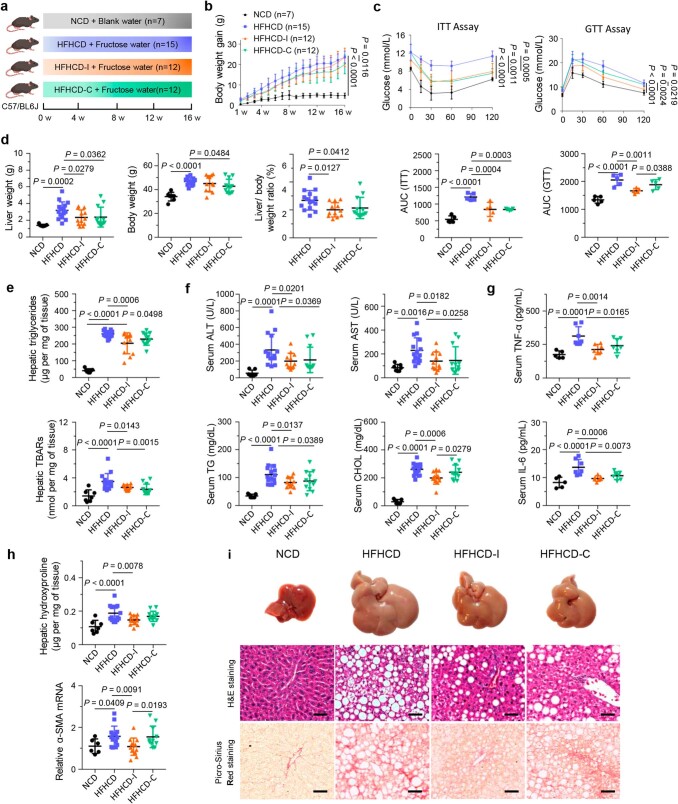Extended Data Fig. 1. Inulin ameliorated HFHCD induced NASH in mice.
a Study design of high fat high cholesterol diet (HFHCD) + fructose water induced NASH model (Created with BioRender.com). b Body weight curve under different treatments. Data are presented as mean of biological replicates ± s.d. P value obtained with two-way ANOVA Fisher’s LSD test. c Insulin tolerance and glucose tolerance tests. 5 mice were used in each group. Data are presented as mean of biological replicates ± s.d. P value obtained with two-way ANOVA Fisher’s LSD test for growth curve or one-way ANOVA Fisher’s LSD test for area under curve. d Liver weight, body weight, and the liver-to-body weight ratio. e Hepatic triglyceride and hepatic TBARs level. f Serum ALT, AST, triglyceride (TG), and cholesterol (CHOL). d-f 7–15 mice were used in each group, including NCD (n = 7), HFHCD (n = 15), HFHCD-I (n = 12), and HFHCD-C (n = 12). g Serum tumour necrosis factor alpha (TNF-α) and interleukin 6 (IL-6). 5–7 mice were used in each group, including NCD (n = 5), HFHCD (n = 7), HFHCD-I (n = 7), and HFHCD-C (n = 7). h Hepatic hydroxyproline and α-SMA mRNA. 7–15 mice were used in each group for hepatic hydroxyproline assay, including NCD (n = 7), HFHCD (n = 15), HFHCD-I (n = 12), and HFHCD-C (n = 12); 6–14 mice were used in each group for α-SMA mRNA expression, including NCD (n = 6), HFHCD (n = 14), HFHCD-I (n = 12), and HFHCD-C (n = 11). i Representative morphology, H&E staining, and Picro-Sirius Red staining of the liver from mice fed NCD, HFHCD, HFHCD-I, and HFHCD-C. scale bars, 50 µm. One slide per mouse was stained. d-h Data are presented as mean of biological replicates ± s.d. P value obtained with one-way ANOVA using Fisher’s LSD.

